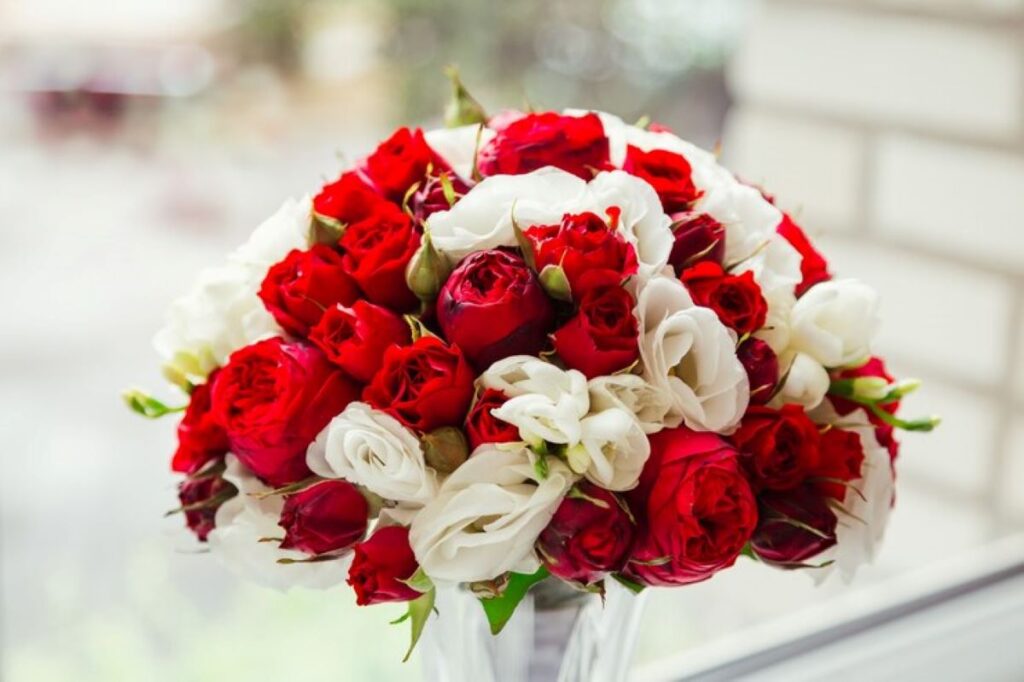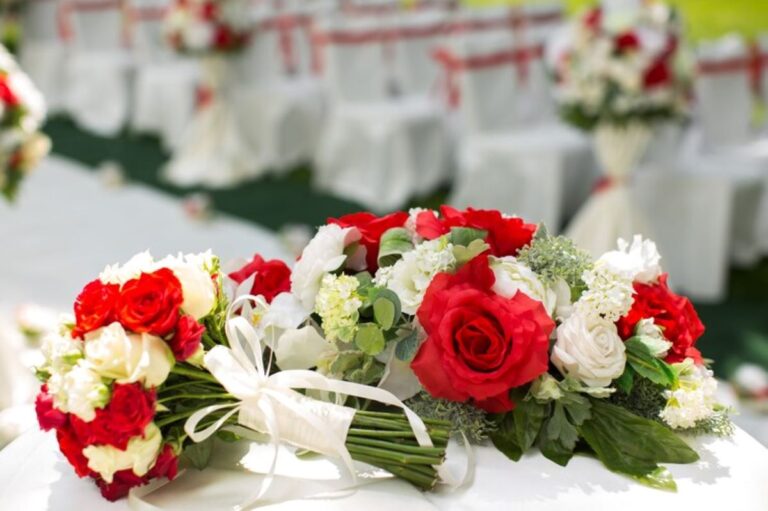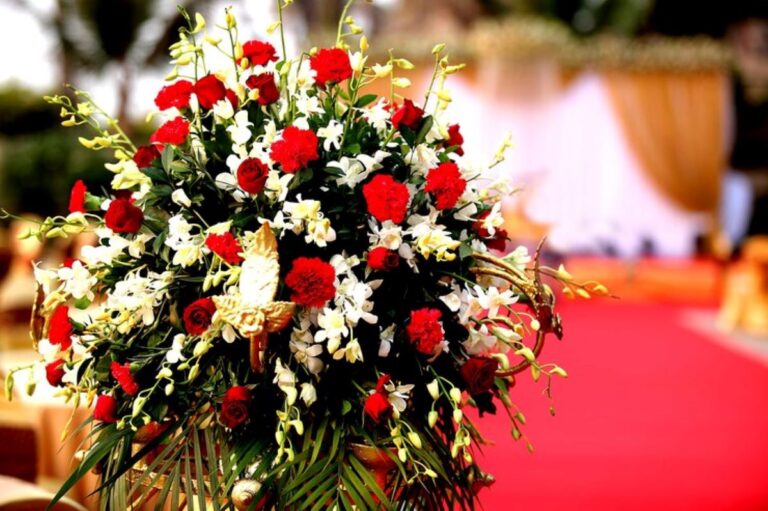Say It With Flowers: Melbourne’s Finest Floristry Uncovered
Where Concrete Cracks, Petals Push Through Melbourne is a city where the urban and the organic dance in perfect rhythm. Where graffiti-streaked…
Where Concrete Cracks, Petals Push Through
Melbourne is a city where the urban and the organic dance in perfect rhythm. Where graffiti-streaked alleyways are softened by potted geraniums, and café counters bloom daily with sun-kissed posies beside cappuccino cups. In spring, streets explode in purple confetti as jacaranda trees shake their petals free; in winter, natives like wattle and banksia color the grey with gold and fire.
The city doesn’t just appreciate flowers—it communes with them. From its moody laneways to sun-dappled verandahs, Melbourne expresses itself through blooms. Flowers are not an accessory here—they’re an attitude, a quiet rebellion, a soft kind of power. Whether wild and windswept or delicately curated, Melbourne’s floristry is a love letter to nature, creativity, and the city’s ever-evolving identity.
Where Beauty Takes Root: Sourcing Melbourne’s Blooms
Behind every beautiful bouquet is a journey—from dew-dappled field to artful hand-tied finish. Melbourne’s florists pride themselves on transparency, quality, and seasonality. And while imported blooms still have their place, more and more designers are turning their gaze to what grows nearby.
Just outside the city, the Yarra Valley is not only known for its vineyards and cheese boards but for its blooming fields. Here, flower farms like Field & Fable grow garden roses, lisianthus, and delphiniums with the sort of fragrance and personality no hothouse bloom could replicate. Each stem is hand-harvested with an eye for imperfection—wonky leaves, curved stems, and all.
“To me, every flower has a voice,” says Imogen Claire, a fictional but utterly believable grower from Healesville. “I don’t want uniformity—I want life. That’s what florists here love—character over control.”
See more: How a Florist Neutral Bay Can Brighten Your Day
Down on the Mornington Peninsula, boutique operations like Bay & Bloom cultivate specialty dahlias, cosmos, and poppies that end up in Melbourne’s trendiest studios. With salty ocean air and red-gold soil, the flowers here grow with a toughness that’s visible in their bold colors and structure. These are not wallflowers—they’re leading ladies.
And then there’s the Melbourne Wholesale Flower Market in Epping—a place of chilly pre-dawn rituals and artistic beginnings. Here, florists arrive before the sun rises, pushing trolleys past walls of hydrangeas, armfuls of eucalyptus, and icy white lilies. It’s a place where the day’s mood is plucked straight from a bucket.
“Coming here is like reading the weather report of the soul,” laughs Marco Dellis, an imagined but quintessential Carlton florist. “You see what’s blooming, what’s fading, and what the season is trying to tell us. Then you shape that into beauty.”
The Art of the Wild: Foraging and the Native Renaissance
Melbourne floristry isn’t polished. It’s raw. It celebrates the crooked stem, the seed pod, the surprise of a vine found crawling up a laneway fence. That’s because a growing number of florists are now foraging or partnering with local gardens and growers to create pieces that feel like they grew themselves.
Native blooms are having a renaissance in this space—waratahs, banksias, billy buttons, paper daisies, and flowering gums are no longer relegated to rustic displays. They’re being paired with velvet roses and ruffled tulips to create showpieces that are wild but refined.
“I want people to feel something when they look at my work,” says Tilda Nguyen, who runs the innovative Brunswick studio Stem Ritual. “Sometimes that’s comfort, sometimes chaos, sometimes memory. Native flora does that. It holds stories.”
Tilda works closely with community gardens and even hosts seasonal foraging walks, teaching clients about respectful harvesting and native identification. “It’s about forming a relationship with place,” she explains. “When you know where something grows, you understand it differently.”
The People Behind the Petals
Florists are often quiet magicians—early risers, night thinkers, deeply attuned to detail. But spend time in their world, and you realize they’re also poets with secateurs, balancing fragility and structure with intuition and flair.
Take Harper Wren, owner of The Velvet Stem in Fitzroy. Her space is more gallery than shop—moody lighting, dried installations suspended from the ceiling, sculptural arrangements that could double as modern art. She speaks of flowers the way a winemaker talks about grapes.
“There’s a texture to a Banksia, a tension in a lily, a flirtation in a ranunculus,” Harper says. “Floristry is not about pretty. It’s about presence.”
Or Layla Haddad, a young florist from Footscray who blends her Sudanese heritage with Melbourne’s contemporary palette. “We use jasmine and hibiscus at home, and they mean something deeper—celebration, mourning, prayer,” she says. “I try to carry that spirit into my arrangements. To me, every bouquet is a message. A moment.”
These florists are not just makers—they are interpreters. Translating emotion into form, season into scent, memory into color.

Melbourne’s Floral Identity: Grace Meets Grit
Melbourne’s aesthetic is a paradox—and its flowers reflect that. There’s grace in the detail, grit in the composition. Arrangements here are rarely overly manicured. They have a pulse, a movement, a point of view.
One bouquet might feature an elegant Japanese-inspired ikebana structure, where space is as important as flower. Another might feel like a chaotic armful of meadow—the kind you gather while running barefoot. It’s not unusual to see imported roses nestled beside unruly wattle, or creamy hydrangeas framed by twisted vines and feathers of smoke bush.
This blending of the wild and the elegant, the native and the exotic, the traditional and the experimental, is what makes Melbourne’s floristry so deeply personal. It’s not about trends—it’s about the moment. And the best florists in the city are fluent in the language of now.
Culture, Community, and the Language of Flowers
What makes Melbourne’s flower scene truly special is how deeply it blooms across cultures. In Indian-Australian households, marigolds are strung for weddings and festivals, rich in saffron hue and sacred meaning. In Vietnamese communities, chrysanthemums and orchids grace family altars and Lunar New Year tables. Greek Orthodox churches adorn icons with fresh blooms during Easter, while Chinese florists arrange peonies and lotus flowers for luck and longevity.
Even First Nations Australians carry rich botanical knowledge that’s now informing contemporary floral practices. Flowers and plants like lemon myrtle, kangaroo paw, and wild hibiscus aren’t just beautiful—they’re symbols of resilience, nourishment, and storytelling.
In Melbourne, flowers speak many languages. And the city listens in all of them.
A Love Letter in Petals
As the sun dips behind Melbourne’s skyline, you might find yourself walking past a florist just as they’re closing for the day. Inside, the scent lingers—peppery eucalyptus, soft rose, sharp citrus. Buckets are half-empty, petals scattered like confetti across the floor. But what remains is the essence of something deeply human: the urge to express, to share, to soften the edges of life with beauty.
Melbourne’s floristry isn’t just about the flowers. It’s about the hands that arrange them, the soil that grows them, the memories they evoke, and the messages they carry. Whether it’s a grand installation at the National Gallery or a simple bouquet left on a doorstep, flowers here are storytellers. And their stories are as rich, wild, and wonderful as the city that blooms around them.
So, say it with flowers—and let Melbourne do the talking.


